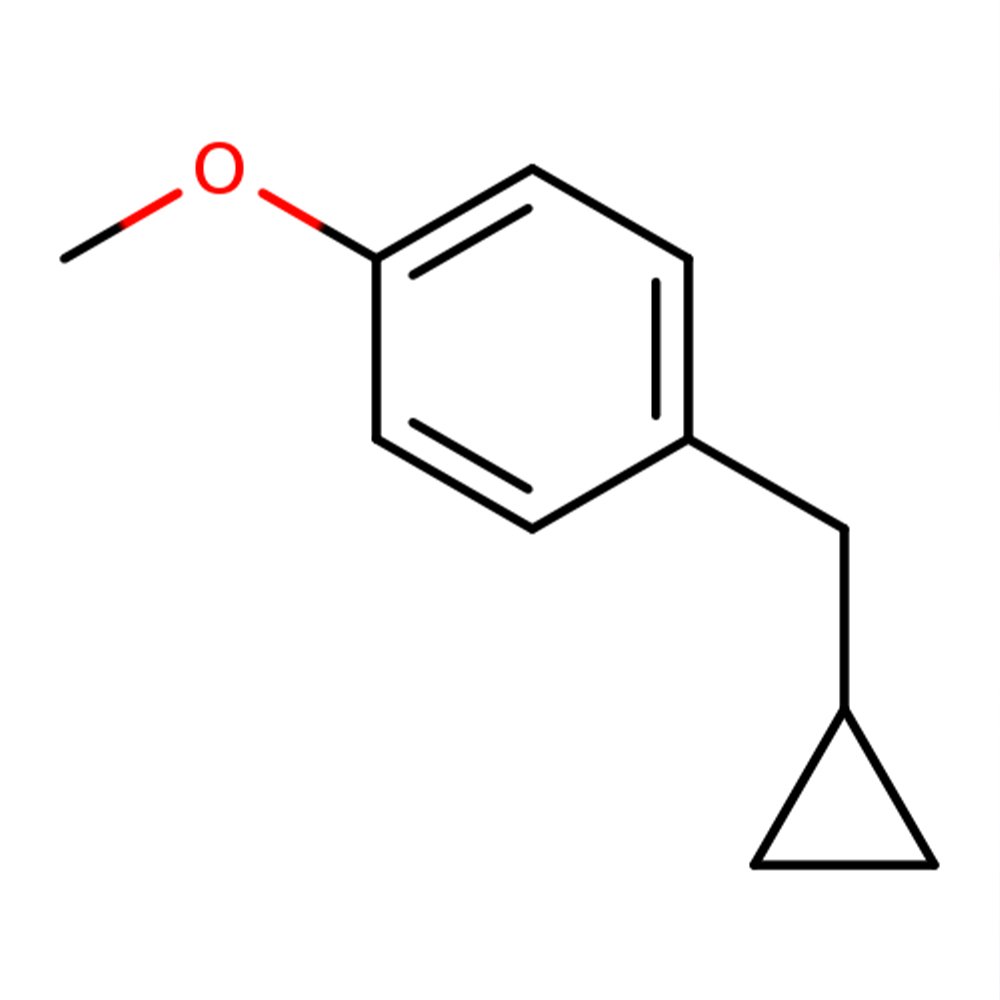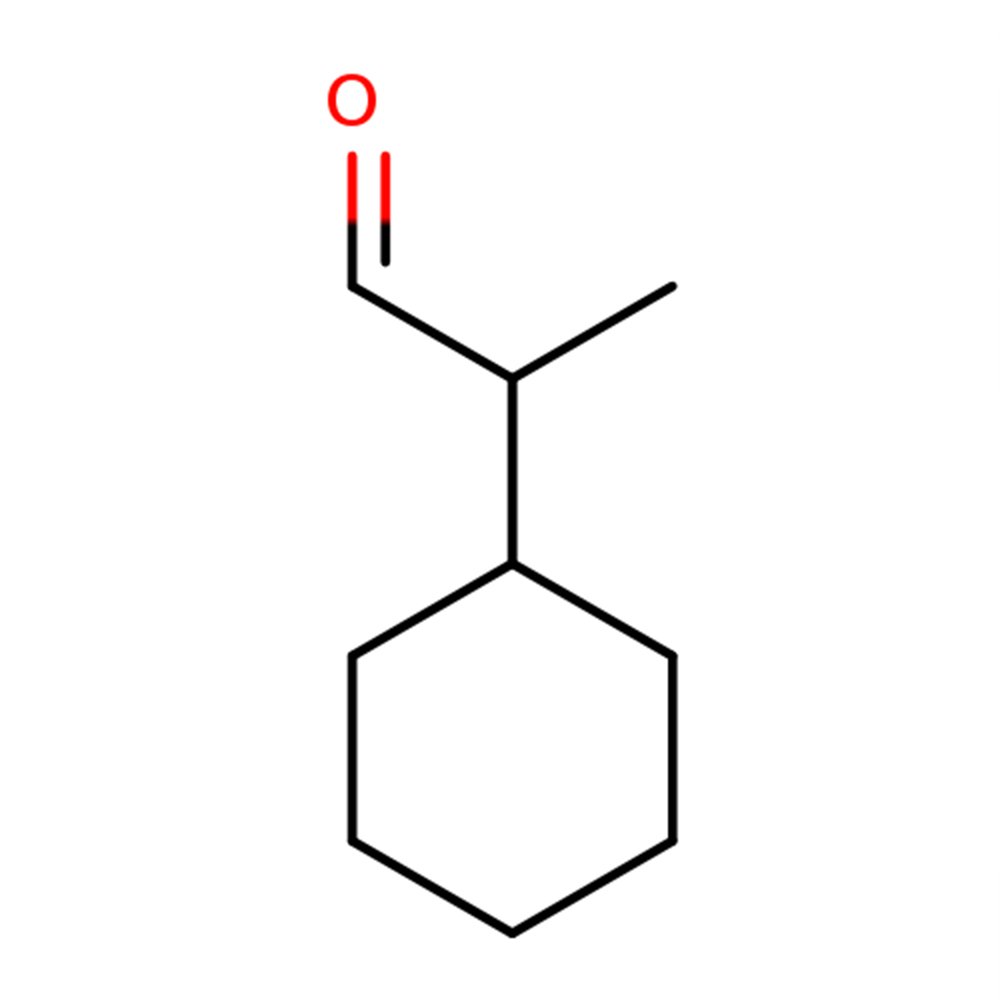 Image 1 of 2
Image 1 of 2

 Image 2 of 2
Image 2 of 2



Amberwood® F
Premium Synthetic Ingredient for Perfumery
Amberwood F (CAS 58567-11-6), commercially known as Boisambrene® Forte, is a synthetic woody-amber material developed as a long-lasting base note in perfumery. Originally introduced in the 1970s and refined for greater olfactory tenacity, it exhibits a dry, diffusive profile with nuanced ambergris-like warmth.
Amberwood F is commonly used as a fixative or structural backbone in masculine and woody-amber compositions.
Premium Synthetic Ingredient for Perfumery
Amberwood F (CAS 58567-11-6), commercially known as Boisambrene® Forte, is a synthetic woody-amber material developed as a long-lasting base note in perfumery. Originally introduced in the 1970s and refined for greater olfactory tenacity, it exhibits a dry, diffusive profile with nuanced ambergris-like warmth.
Amberwood F is commonly used as a fixative or structural backbone in masculine and woody-amber compositions.
Premium Synthetic Ingredient for Perfumery
Amberwood F (CAS 58567-11-6), commercially known as Boisambrene® Forte, is a synthetic woody-amber material developed as a long-lasting base note in perfumery. Originally introduced in the 1970s and refined for greater olfactory tenacity, it exhibits a dry, diffusive profile with nuanced ambergris-like warmth.
Amberwood F is commonly used as a fixative or structural backbone in masculine and woody-amber compositions.
Synthetic Ingredient Overview
🏭 Manufacturer: Symrise
🔎 Chemical name: 2-Ethyl-4-(2,2,3-trimethyl-3-cyclo-penten-1-yl)-2-buten-1-ol
🧪 Synonyms: Boisambrene Forte, Amberwood F
🧬 Chemical Formula: C₁₆H₂₆O
📂 CAS N°: 58567-11-6
📘 FEMA: Not listed
⚖️ MW: 242.45 g/mol
📝 Odor type: Dry Ambery
📈 Odor Strength: Medium
👃🏼 Odor Profile: Dry, woody-amber with ambergris nuances
⚗️ Uses: Base note, fixative; stable in shampoos, lotions, perfumes, and soaps
🧴 Appearance: Colorless liquid
What is Amberwood F?
Amberwood F is a synthetic sesquiterpenoid alcohol derived from substituted cyclopentenes. It was engineered to replicate and improve upon earlier amber-woody materials such as Boisambrene, with a focus on stability and longevity. The synthesis involves a two-step process: initial reaction of cyclododecanol with formaldehyde, followed by substitution with an ethoxy group. This route yields a compound with high lipophilicity (Log P ≈ 5.3), thermal resistance, and a low vapor pressure, allowing it to perform reliably in perfumery applications requiring long-term retention.
Its cyclic and branched structure gives it a dry woody depth and an ambergris-like smoothness that is structurally distinct from linear aliphatic musks or lactones.
Olfactory Profile and Perfumery Applications
Amberwood F functions primarily as a base note, with an extremely long-lasting profile — over 168 hours on blotters — and moderate olfactory intensity. It contributes dryness, structure, and warmth to formulations, without the sweetness sometimes found in balsamic or vanillic ambers. Its synergy with ingredients such as Ambroxan and Iso E Superenhances diffusion and volume, while avoiding note clutter.
Fragrance behavior:
Note placement: Base
Volatility: Low
Tenacity: High
Synergistic with: Iso E Super, Ambroxan, Norlimbanol
Applications:
Woody fragrances (especially sandalwood and cedar structures)
Amber accords without overt sweetness
Masculine and unisex fougère or oriental styles
Niche perfumery and modern reinterpretations of classic ambery bases
Related molecules on Scentspiracy:
Ambroxan: Shares ambergris character but with softer marine tones
Iso & Super: Offers transparency and radiance; less dry than Amberwood F
Norlimbanol: Higher impact and more austere, often compared for intensity
Amberwood F’s utility extends to enhancing fixative effects and supporting background structure in modern scent architectures.
Industrial and Technical Uses
Amberwood F is primarily used in perfumery and fragranced personal care products. Thanks to its excellent chemical stability, it retains its integrity in formulations exposed to heat, light, and air. It is soluble in alcohols and essential oils but remains insoluble in water, which limits its use in aqueous systems.
Common secondary uses:
Personal care: Body lotions, hair care products, deodorants
Home care: Scented cleaners and air fresheners (limited use in citric or bleach-based systems)
Not used in pharmaceuticals or resins due to lack of reactivity
Its performance in surfactant-based systems is generally good, particularly in soap and shampoo formats.
Regulatory and Safety Overview
Amberwood F is subject to restrictions under IFRA due to potential skin sensitization. It is also regulated by the European Chemicals Agency (ECHA) due to aquatic toxicity. While not included in the EU allergen list or FEMA GRAS database, it is considered stable and safe under standard use conditions when formulated within IFRA guidelines.
Regulatory details:
IFRA status: Restricted; maximum use levels apply in several product categories
EU Allergens: Not classified as an allergenic fragrance compound
FEMA GRAS: Not listed (not used in flavorings)
ECHA Classification: H411 – Toxic to aquatic life with long-lasting effects
REACH Status: Registered
Toxicology: May cause mild skin irritation at high concentrations; not a known endocrine disruptor
Formulators should evaluate cumulative exposure and product type to ensure compliance.
Sources
Symrise. (2023). Amberwood F – Technical Product Documentation.
Arctander, S. (1969). Perfume and Flavor Materials of Natural Origin.
IFRA. (2023). 51st Amendment to the Standards – Restricted Substances.
Givaudan. (1998). Technical Notes on Synthetic Woody-Ambers.
RIFM. (2021). Safety Evaluation of Boisambrene Derivatives.
ECHA. (2023). Substance Information – CAS 58567-11-6.
Good Scents Company. (2023). Olfactory and Technical Profile: Amberwood F.
Firmenich. (2005). Ambroxan Technical Documentation.
IFF. (2012). Iso E Super: Performance and Structure.
Kao Corporation. (1974). Development Notes on Boisambrene Forte.





